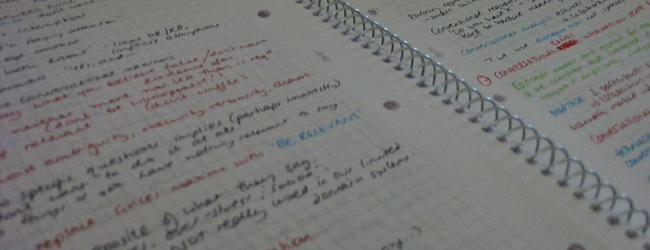
David Imrie is a biology teacher and SENCO at Ashcraig School in Glasgow and has been helping children with learning difficulties since 1996, and uses Read&Write Gold literacy support software to support his students with revision and in the exam room.
One of the main advantages offered by constantly-evolving edtech is the bevy options given to SEN students. Different special education needs pupils are challenged by different disabilities, and it’s great to have user-friendly, affordable apps for these learners. Experienced SEN and biology teacher David Imrie gives five free apps that he loves using.

Meeting the needs of disabled students need not be expensive. Many of my students encounter difficulty with printed material due to a dyslexia, physical disability and/or visual impairment which require additional support software. Although I use a range of approaches, I make sure students have access to software which they can take and run on a pen drive wherever they go. Over the years I have found a few simple solutions to the most common problems they encounter. I’d like to mention a few of the best free applications.
It’s evident that being a sufferer of dyslexia can mean taking on a huge amount of hard work, particularly when it comes to revising for exams. That’s why it’s important for teachers of dyslexic students to be well prepared to help with learning needs. With this in mind, Glasgow teacher David Imrie gives his best advice on the matter.

With GCSEs starting in May, it’s important that dyslexic students are provided with support and assistance from teachers to help them achieve their best grades.

Dyslexia is defined as a disability in the Equality Act 2010. Essentially, it affects reading, spelling, writing and numeracy, and students often process information slowly and have poor short term memory.
As a teacher you work closely and directly with students, delivering lessons and making observations. If you have identified that a student in your class is dyslexic, you can easily adjust your teaching methods by using classroom aids to support them.
Spotting the signs early is crucial, because if you can limit the impact of dyslexia on the learning process, you can ultimately limit the impact it has on that student’s self-confidence.
This recognition will place a focus on how lessons are planned and taught, and will turn classes into a more inclusive environment.

A community-driven platform for showcasing the latest innovations and voices in schools
Pioneer House
North Road
Ellesmere Port
CH65 1AD
United Kingdom